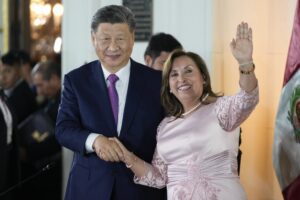As reported by DANE, Colombia’s joblessness rate reached 11.7% in February 2024, a minor rise from 11.4% the year before.
Women faced higher unemployment at 14.7% than men’s 9.4%, creating a 5.3% gender gap.
The Total Participation Rate stayed at 65.9%, while the Employment Rate dipped slightly to 56.4%.
The TPR increased from 65.2% to 66.5% in major cities. Across the nation, employment grew by 1.2%, with a notable 3.3% rise in the 13 major cities and regions.
The manufacturing, arts, entertainment, and service sectors saw job growth, in contrast to the commerce and vehicle repair sectors, which saw a decrease.
The number of unemployed rose by 123,000 from the previous year, particularly in rural areas and certain cities like Tunja and Florencia.
Those outside the labor force increased by 186,000, or 1.3%, from the previous year, with a significant 4.9% rise in “Other cities”.
Finally, informal employment rates dropped nationally and in the main cities during December 2023 to February 2024.
This situation underscores Colombia’s economic struggles and the diverse impact of unemployment across different areas and demographics.
Background
Colombia’s President Gustavo Petro is making bold moves. He aims to change the nation’s economy fundamentally.
For this, he has been changing his team, letting go of many experienced ministers and experts.
This is a pivotal moment for Colombia. Petro, the first leader from the left in a mostly conservative country, promised significant changes.
Now, 18 months in, his support is dropping. His choice to replace seasoned staff with loyalists is causing a loss of valuable experience and skills.
Investors and international agencies are watching closely. They’re used to a government that knows its policies well.
Petro has publicly stated his preference for a democracy where experts serve the people, not rule them.
In addition, this has led to new requirements for public service roles, impacting major departments.
Source: The Rio Times
















